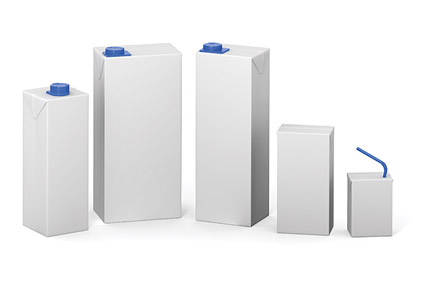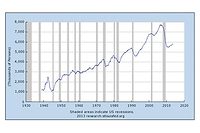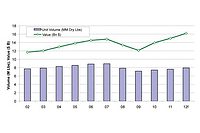Strategic Solutions: Five Major Trends Shaping the Packaging Industry

 In this fiercely competitive environment, it is important to stay ahead of the curve on external uncertainties that could shape the future market landscape. Developing an understanding of such externalities and building an aligned business strategy to differentiate against competition is tantamount to creating an emergency response plan; that is, it gears the organization to proactively act with measured calculation, rather than be trapped into a defensive “box” (no pun intended).
In this fiercely competitive environment, it is important to stay ahead of the curve on external uncertainties that could shape the future market landscape. Developing an understanding of such externalities and building an aligned business strategy to differentiate against competition is tantamount to creating an emergency response plan; that is, it gears the organization to proactively act with measured calculation, rather than be trapped into a defensive “box” (no pun intended).
Packaging has six major functions: protection, promotion, information, convenience, utilization and handling. While these six functions remain relevant, several major trends will continue to impact how the packaging industry will look in the future. These major trends include sustainable packaging, economization, integration with social media, anti-counterfeiting layers and convenience.
SUSTAINABLE PACKAGING
Increased consumer scrutiny has led to an intensified focus on recycling and sustainability. Many companies are looking at ways to substantially reduce the environmental footprint of their products and packages. Options include making the packages more lightweight, down-gauging, reducing package sizes, or introducing refill packaging or tighter packs through concentrates. Companies are also examining bio-plastic development and considering the entire lifecycle of a package.
ECONOMIZATION
Package size and refills are two major areas that can deliver enhanced value. In mature economies, bulk packaging offers affordability for cost-conscious customers who will be consuming larger quantities of an item. In contrast, some leading brands can be offered in smaller sizes, providing affordable price points as a way to reach and enable consumers at the bottom of the social pyramid within emerging economies.
INTEGRATION WITH SOCIAL MEDIA
Manufacturers now have the ability to speak to audiences through multiple social media channels. Quick response (QR) codes, for example, are particularly useful due to the popularity of smartphones. Consumers can download an application on their smartphones that allows them to scan the QR code, which in turn leads them to a website for more information, coupons, etc. It is an easy way for consumers to obtain more information about a product in-store when having to choose between hundreds of brands.
ANTI-COUNTERFEITING LAYERS
Protection against counterfeiters is a necessity in today’s marketplace. Counterfeiters often have access to the same technologies as manufacturers, so staying ahead of the game is paramount. Packaging that is tamper-evident or serialized can help to prevent counterfeiting. Other tools that may be useful include covert security, such as holograms, color-shifting inks, tags within the product or package, and pigments that can only be seen by special readers.
CONVENIENCE
Convenient packaging can be found in a number of different forms, including (but not limited to) functional packaging and portable packaging. Functional packaging responds to the consumers’ desire for attributes such as ease of opening, ease of dispensing, ease of carrying, ease of storage, microwaveable packs, ready-to-serve meals, etc. Similarly, portable packaging is designed for on-the-go, active lifestyle consumers and offers solutions such as
single-serve pouches and containers.
PRODUCT DIFFERENTIATION
Fierce competition in the packaging industry provides ample opportunity for innovation, specialization, unique segmentation, and—more importantly—abundant opportunity for differentiation. The late Dick Clark once said, “I don’t set trends, I just find out what they are and exploit them.” Truer words were never uttered when it comes to those manufacturers that capitalize on major trends in the packaging industry.
For more information, phone (513) 469-7555 or visit www.chemquest.com.
Looking for a reprint of this article?
From high-res PDFs to custom plaques, order your copy today!




